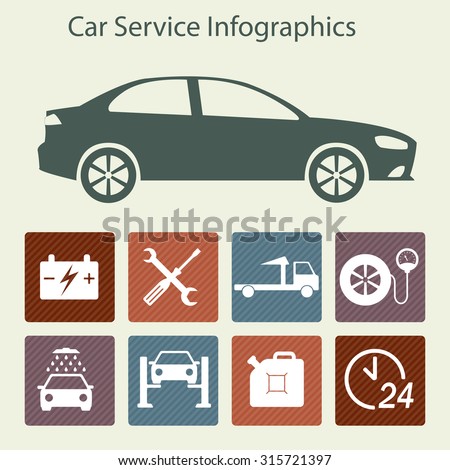Want To Find Out More About The Caution Lights On Your Control Panel? Uncover What They Show Regarding Your Vehicle'S Health And Safety
Want To Find Out More About The Caution Lights On Your Control Panel? Uncover What They Show Regarding Your Vehicle'S Health And Safety
Blog Article
Write-Up Author-Boye Stark
When you lag the wheel, those beautiful caution lights on your control panel can be a bit bewildering. Do you recognize what they're attempting to tell you about your car's wellness? Comprehending the importance of these lights is important for your security and the long life of your automobile. So, the next time one of those lights appears, would not you wish to decipher its message properly and take the needed actions to resolve it?
Common Warning Lighting and Interpretations
Determine usual warning lights in your automobile and recognize their definitions to guarantee risk-free driving.
The most normal caution lights include the check engine light, which signals issues with the engine or exhausts system. If this light begins, it's essential to have your automobile inspected quickly.
The oil pressure advising light suggests reduced oil stress, calling for instant focus to avoid engine damage.
A blinking battery light could suggest a malfunctioning charging system, potentially leaving you stranded otherwise addressed.
The tire pressure tracking system (TPMS) light notifies you to low tire stress, impacting lorry stability and gas performance. Disregarding this might bring about harmful driving problems.
The abdominal light indicates a trouble with the anti-lock stopping system, jeopardizing your capacity to quit swiftly in emergency situations.
Finally, the coolant temperature level warning light warns of engine getting too hot, which can cause serious damages if not settled swiftly.
Recognizing these typical warning lights will certainly help you deal with concerns immediately and preserve safe driving problems.
Value of Prompt Focus
Comprehending the usual caution lights in your auto is just the very first step; the importance of immediately addressing these warnings can't be stressed enough to ensure your safety and security on the road.
When https://landenicwsl.dreamyblogs.com/31565033/are-you-interested-in-discovering-the-methods-which-automation-and-robotics-are-changing-the-automobile-detailing-sector brightens on your control panel, it's your vehicle's way of connecting a possible concern that requires focus. Ignoring these warnings can cause much more severe issues later on, jeopardizing your security and potentially costing you much more out of commission.
boatwashnz to warning lights can avoid malfunctions and crashes. For instance, a flashing check engine light might indicate a misfire that, if left unattended, could create damages to the catalytic converter. Resolving read this post here without delay can save you from an expensive fixing.
Likewise, a brake system advising light might signal low brake fluid or worn brake pads, crucial elements for your safety when driving.
DIY Troubleshooting Tips
If you discover a warning light on your dashboard, there are a few DIY fixing pointers you can attempt prior to looking for specialist help.
The initial step is to consult your automobile's guidebook to recognize what the certain warning light indicates. Occasionally the concern can be as basic as a loosened gas cap activating the check engine light. Tightening up the gas cap may fix the trouble.
One more usual concern is a low battery, which can activate different alerting lights. Inspecting the battery connections for deterioration and guaranteeing they're safe could fix the problem.
If a warning light continues, you can try resetting it by disconnecting the auto's battery for a few mins and after that reconnecting it. Furthermore, examining your car's liquid degrees, such as oil, coolant, and brake fluid, can help troubleshoot advising lights related to these systems.
Verdict
To conclude, recognizing your automobile's warning lights is important for maintaining your automobile running efficiently and safely. By quickly dealing with these informs and recognizing what they suggest, you can prevent pricey fixings and possible malfunctions.
Bear in mind to consult your vehicle's guidebook for particular information on each warning light and take action as necessary to ensure a trouble-free driving experience.
Stay notified, stay secure on the road!
